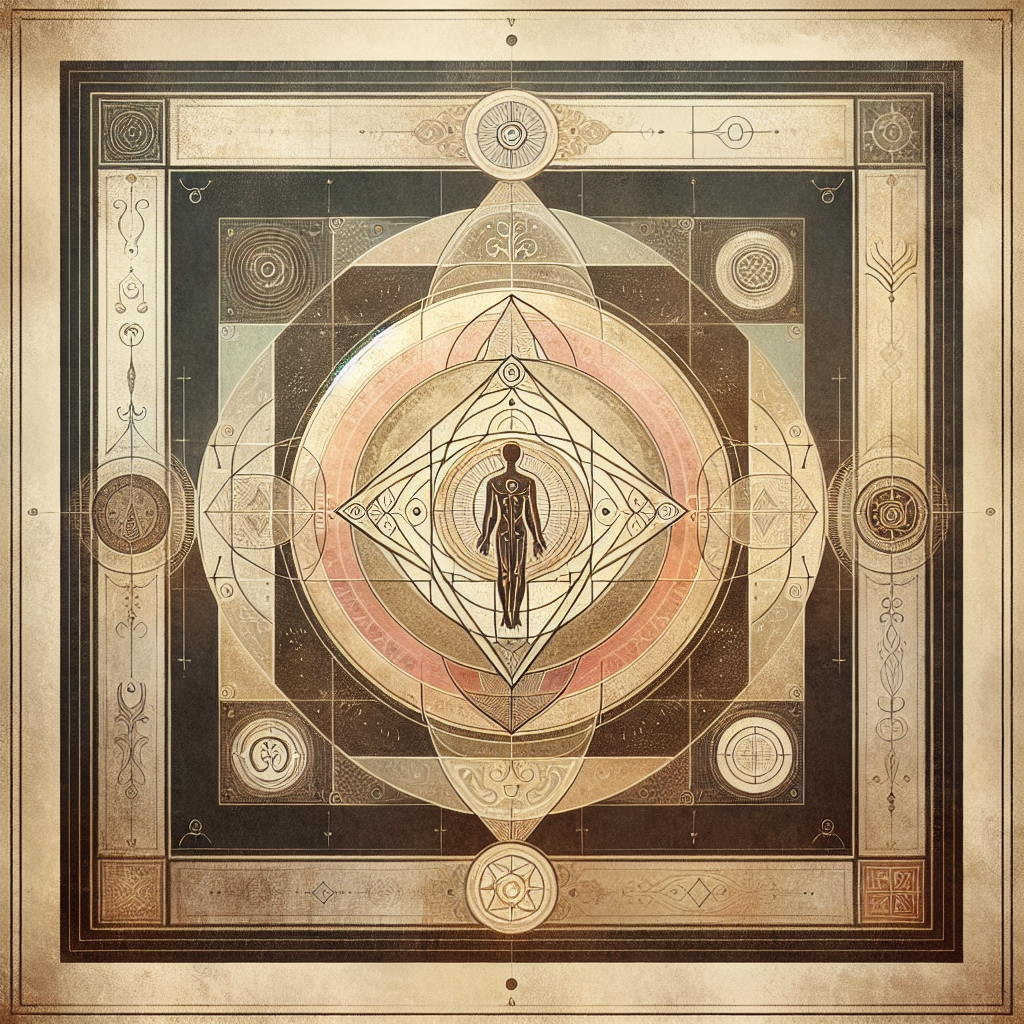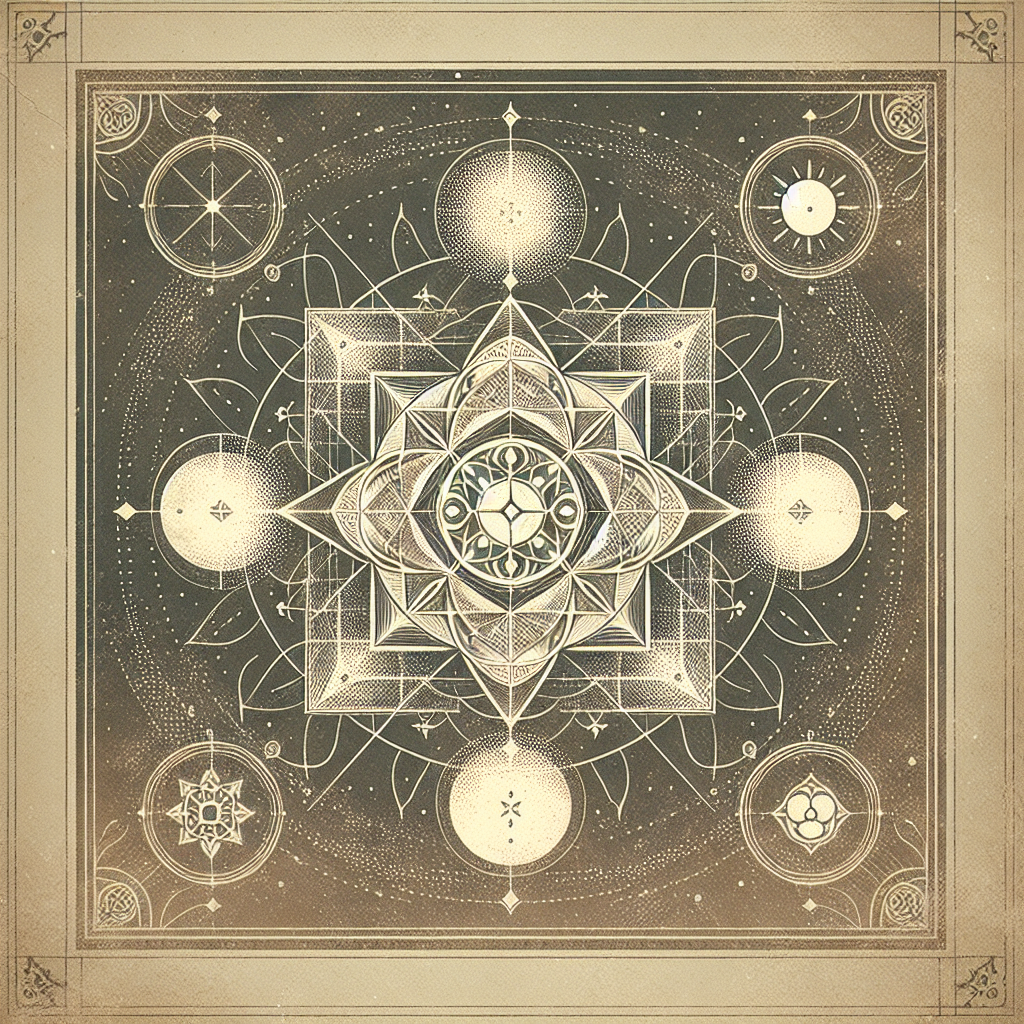
Introduction
A New Earth (Eckhart Tolle): Awakening to Your Life’s Purpose (often shortened to A New Earth) is a widely read spiritual book by Eckhart Tolle. First released in 2005, it teaches that everyday suffering is intensified by identification with the “ego” and by habitual thinking that keeps people from present‑moment awareness. It also invites readers toward spiritual awakening grounded in direct attention to the now. The book gained a huge audience after Oprah Winfrey chose it for her book club in 2008 and again in January 2025, an unusual second selection that introduced the work to new readers and confirmed its ongoing popularity in the United States and beyond [2].
About the Author
Eckhart Tolle (born Ulrich Leonard Tölle, Germany; later based in Vancouver, Canada) is a contemporary spiritual teacher whose earlier bestseller, The Power of Now (1997/1999), framed many of the ideas expanded in A New Earth. Mainstream profiles note both his global audience and the debate his teachings have sparked, especially among Christian theologians who question his reinterpretations of biblical themes [4]. Tolle writes in accessible prose and often presents himself not as the founder of a new religion but as someone pointing to the core insights he believes are shared by multiple traditions [4].
What the Book Covers
A New Earth (Eckhart Tolle) is structured around a simple claim: most psychological and social dysfunction arises from the ego—an identity built from thoughts, roles, and narratives. Tolle urges readers to observe this mental activity rather than fuse with it, allowing a shift into what he calls presence. He also introduces the “pain‑body,” a term for accumulations of emotional pain that can dominate behavior until seen clearly and not mentally fed. The book outlines practices—each a small doorway into steadier attention—that include [1]:
- Noticing inner reactivity
- Relaxing identification with roles
- Giving attention to breath and bodily sensations
- Simple sense perception
All are presented as gateways to presence. Taken together, these practices support spiritual awakening through direct, moment‑to‑moment awareness [1].
Tolle divides purpose into “inner purpose” (awakening from egoic consciousness) and “outer purpose” (what one does in the world). He argues that when inner purpose is primary, outer actions become simpler and less driven by fear or the need to be right. The closing chapters sketch a vision of collective change—“a new earth”—arising not from ideology but from many individuals stabilizing non‑egoic awareness in ordinary life (work, parenting, conflict, illness) [1]. While the book draws freely from Buddhist, Hindu, Christian, and other sources, it remains a modern, practical manual rather than a scholarly synthesis.

How People Received It
Public reception was unusually large for a spiritual title—especially for A New Earth (Eckhart Tolle). Oprah Winfrey’s 2008 selection led to a 10‑part webcast series with Tolle and extensive audience participation; her second selection in January 2025 underscored the book’s staying power. The Associated Press reported the rare repeat selection, noted the original 2005 release date, and described outreach designed to reach new readers through podcasts and video conversations [2]. Popular profiles during and after the first selection observed that Tolle had become one of the most visible spiritual authors in North America, with events filling large venues and readers using the text in study groups and workplace settings [4].
At the same time, readers’ experiences vary. Many report practical value in learning to observe inner reactions and reduce rumination. In clinical and academic contexts, however, direct evidence specific to A New Earth is limited. A qualitative study of participants at Tolle‑based “Power of Now” workshops (a closely related teaching stream) found perceived benefits for everyday well‑being and relationships, but the study was exploratory (N=8) and not designed to test outcomes against controls [3]. Overall, robust randomized or long‑term clinical evidence for therapeutic effects of Tolle’s methods has not yet been established; claims should be treated as experiential rather than medical [3].
Its Impact & Criticism
Impact. A New Earth (Eckhart Tolle) has influenced how many general readers think about “ego,” mindfulness, and presence outside formal religious settings. The language of “pain‑body,” “inner purpose,” and “presence” appears in coaching, workplace wellness, and popular psychology. The book also helped normalize large‑scale, digitally mediated spiritual discussions (notably the 2008 chapter‑by‑chapter webcasts), blending reading communities with guided practices and Q&A—formats now common in online spirituality programming [2][4]. These shifts reflect gradual change in how people explore meaning and connection in everyday life.
Criticism. Responses from religious studies and theology often focus on Tolle’s treatment of Christian concepts. Maclean’s reported critiques by scholars who argue that Tolle mixes elements from various traditions while downplaying doctrinal differences, yielding a generalized spirituality that some view as incompatible with core Christian claims about God, Christ, and salvation [4]. Others object to the book’s metaphysical language (e.g., on consciousness and evolution) as either imprecise or presented without engagement with scientific literature. Critics also point out that ideas like presence and non‑attachment have deep historical lineages, and question the framing of our era as uniquely poised for a mass “shift” in consciousness.
Method and evidence
From an academic standpoint, A New Earth (Eckhart Tolle) is a primary source: it articulates Tolle’s teaching as a contemporary expression of perennial themes. Empirical study of its practices remains sparse. The small qualitative research mentioned above suggests perceived benefits but cannot establish causality, dosage, or safety for clinical populations [3]. Readers and practitioners should therefore distinguish between spiritual counsel (where personal meaning is central) and health claims (which require rigorous testing). Where Tolle discusses stress, anxiety, or illness, his proposals are best seen as reflective practices; they should not be treated as substitutes for evidence‑based medical or psychological care [1][3].
Summary
A New Earth (Eckhart Tolle) marries a critique of the ego with a practical program of attention, stillness, and present‑moment awareness applied to ordinary life. Its cultural impact has been amplified by mass‑media endorsements and digital formats, while criticisms center on theological compatibility, conceptual vagueness, and limited empirical validation. As a contemporary spiritual text, it is most accurately read for insight and practice—supporting spiritual awakening and personal transformation—rather than for doctrinal or scientific authority [1][2][4].
Sources
[1] Tolle, Eckhart. A New Earth: Awakening to Your Life’s Purpose, reprint ed., 2006. Primary source; outlines concepts (ego, “pain‑body”) and practices discussed here. https://books.google.com.ph/books/about/A_New_Earth.html?id=46vZCwAAQBAJ
[2] Italie, Hillel (Associated Press). Oprah Winfrey opens 2025 with an encore. ‘A New Earth’ is her book club pick for a second time, 2025. Confirms 2005 release and 2008/2025 selections. https://apnews.com/article/8d560c3ba9cd33857d1c36248a347722
[3] Coxen, Domenica; Walley, Malcolm. A qualitative investigation into the experiences of participants attending Eckhart Tolle’s Buddhist/mindfulness‑based ‘Power of Now’ workshops, Transpersonal Psychology Review 11(1), 2007. Small, peer‑reviewed study illustrating limited evidence base. https://doi.org/10.53841/bpstran.2007.11.1.52
[4] MacQueen, Ken. “Eckhart Tolle vs. God,” Maclean’s, 2009. Profile gathering scholarly criticisms and context for Tolle’s public influence. https://macleans.ca/culture/books/eckhart-tolle-vs-god/